Blue Flowering Perennials
Blue Flowering Perennials
Though not all blue perennial flowers are harbingers of spring, enough of them are to associate them with the end of winter and the coming of warmer weather. They range in shades from the palest blue to nearly black, but all of them make an excellent contribution to any garden, whether they’re grouped in pots, are part of an herbaceous border, or add beauty to a flower bed. Best of all, like perennials, they come back year after year. Here are four blue perennials:
Best grown in hardiness zones 3 through 8, this beautiful perennial proliferates in well-drained, average soil in part to full shade. It grows to a height of about 2 feet with a spread of 1 to 1.5 feet. It needs medium watering and maintenance, can tolerate some nibbling by rabbits, and has no serious problems when it comes to pests or diseases. Virginia bluebells can even tolerate being planted near black walnut trees, which sends out a toxin that kills other plants.
Blue Flowering Perennials look great with green fern plants.
The showy flowers are trumpet-shaped, blue, about an inch long, and arrive in the earliest spring. The leaves are smooth and blue-green. The plant goes dormant in the summer.
The blue lobelia or lobelia siphiliica gets its epithet because it was once thought to cure certain diseases. Also called the blue cardinal flower, it does best in hardiness zones 4 to 9. Lobelia does well in part shade and full sun. It loves wet, fertile soil and maybe just the thing for a rain garden. The plant grows from 2 to 3 feet in height with a 1 to 1.5-foot spread. It’s a low maintenance plant, and if cared for can readily colonize a space that may be too moist for other plants.
Blue Flowering Perennials can grow well in shady gardens.
The flowers are light blue to dark blue and tube-shaped while the leaves are bright green and fern-like.
The common periwinkle makes an excellent ground cover, for it doesn’t grow more than a half a foot high. Each plant has a 1.5-foot spread. It produces its lovely, tubular flowers from May to June and may continue to blossom into the fall. It flourishes in hardiness zones 4 to 8 in full sun to part shade and prefers soil that’s dry or medium. Though the lavender-blue flowers are showy, another benefit of vinca minor is that its smooth, glossy, 1.5 inch long leaves are evergreen. It’s a robust plant that can stand drought, poor soil, and deer.
Agapanthus
The leaves of the agapanthus, or African lily are evergreen and add interest to the garden in winter. This plant is native to South Africa and likes the heat of hardiness zones 8 to 10, though it can be grown successfully in a container in colder climates. It grows to about 2 feet tall with a similar spread, and its blossoms arrive from June to July.
The African lily does best in full sun to part shade and likes medium watering. The flowers are funnel-shaped and come in clusters that rise above a mound of strap-like leaves.

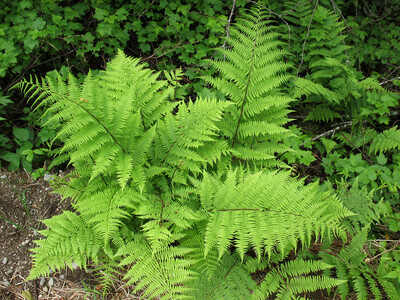 Native Ferns
Native Ferns
 Native Mosses
Native Mosses
 Native Perennials
Native Perennials
 Native Ground Covers
Native Ground Covers
 Native Trees
Native Trees
 Pollinators
Pollinators
 Shop Bloom Color
Shop Bloom Color
 Perennials By Zone
Perennials By Zone
 Medicinal Herb Plants
Medicinal Herb Plants
 Spring Bulbs
Spring Bulbs
 Trillium
Trillium
 Shop By Zone
Shop By Zone
 Flowering Groundcovers
Flowering Groundcovers
 Evergreen Groundcovers
Evergreen Groundcovers
 Ferns for Zone 3
Ferns for Zone 3
 Ferns for Zone 4
Ferns for Zone 4
 Ferns for Zone 5
Ferns for Zone 5
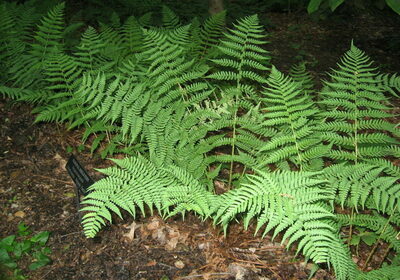 Ferns for Zone 6
Ferns for Zone 6
 Ferns for Zone 7
Ferns for Zone 7
 Ferns for Zone 8
Ferns for Zone 8
 Christmas bows
Christmas bows
 Fresh Wreaths
Fresh Wreaths
 Garlands
Garlands
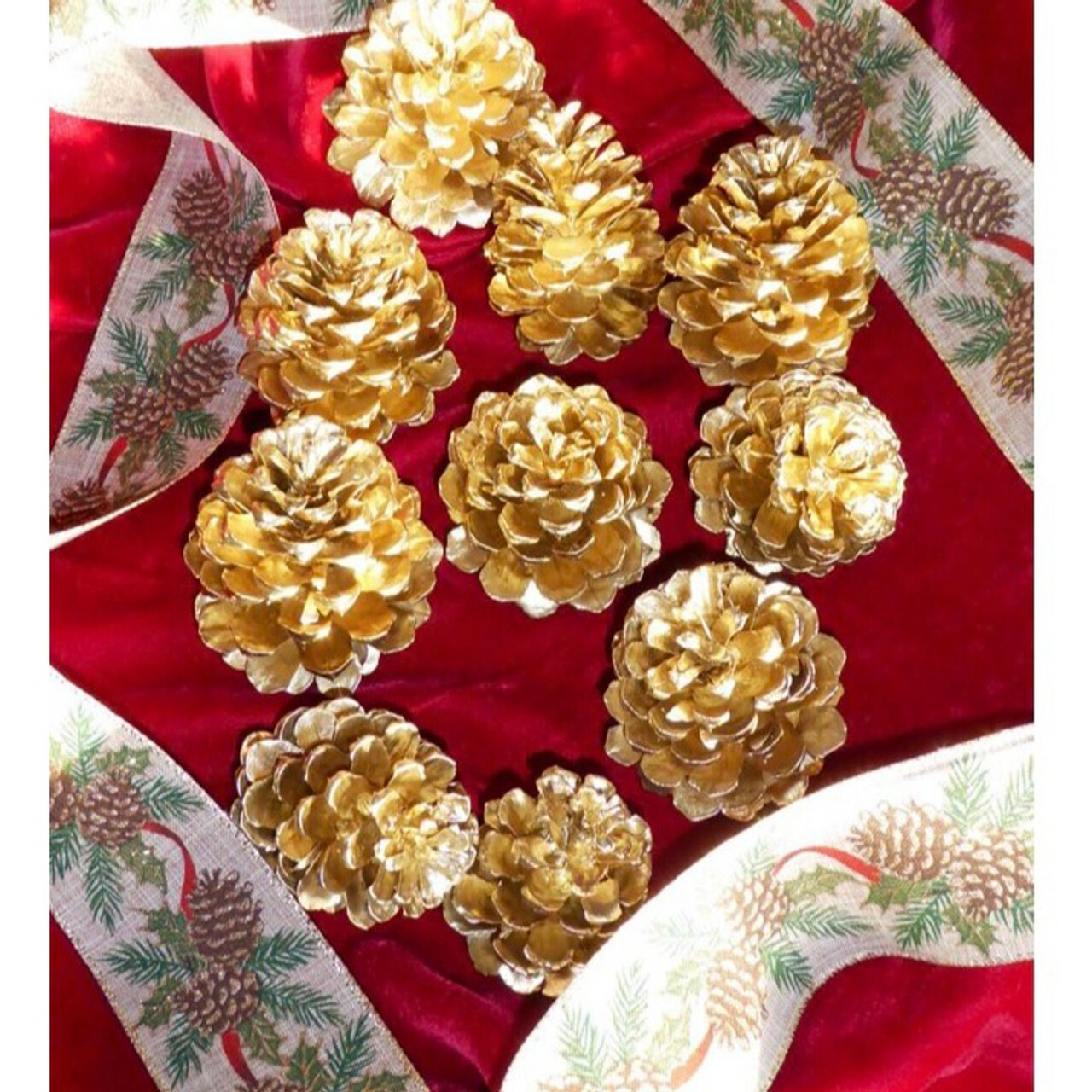 Large Pine Cones
Large Pine Cones
 Live Mistletoe
Live Mistletoe
 Moss
Moss
 Shop Trees By Zone
Shop Trees By Zone
 Tree Seedlings
Tree Seedlings
 Fast Growing Trees
Fast Growing Trees
 Pine Trees
Pine Trees
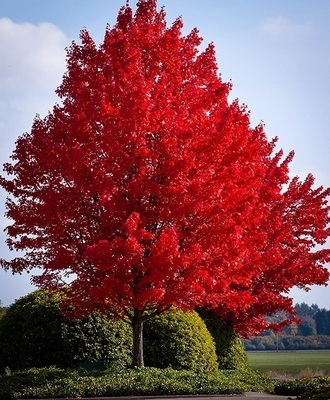 Live Stakes
Live Stakes
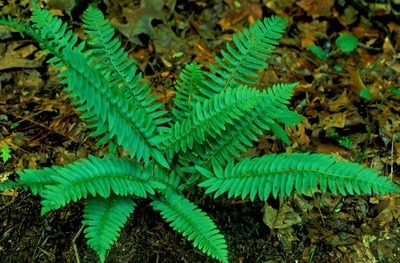 Evergreens
Evergreens
 Cactus
Cactus
 Combos
Combos
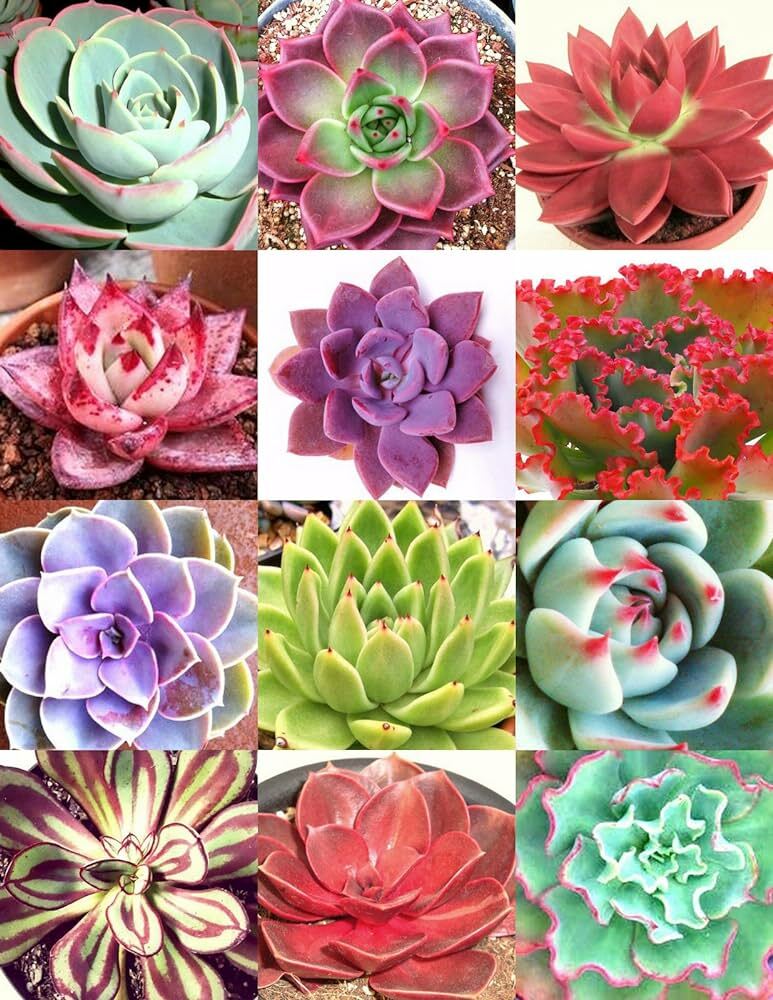 Echeveria
Echeveria
 Haworthia
Haworthia
 Sedum - Stonecrop
Sedum - Stonecrop